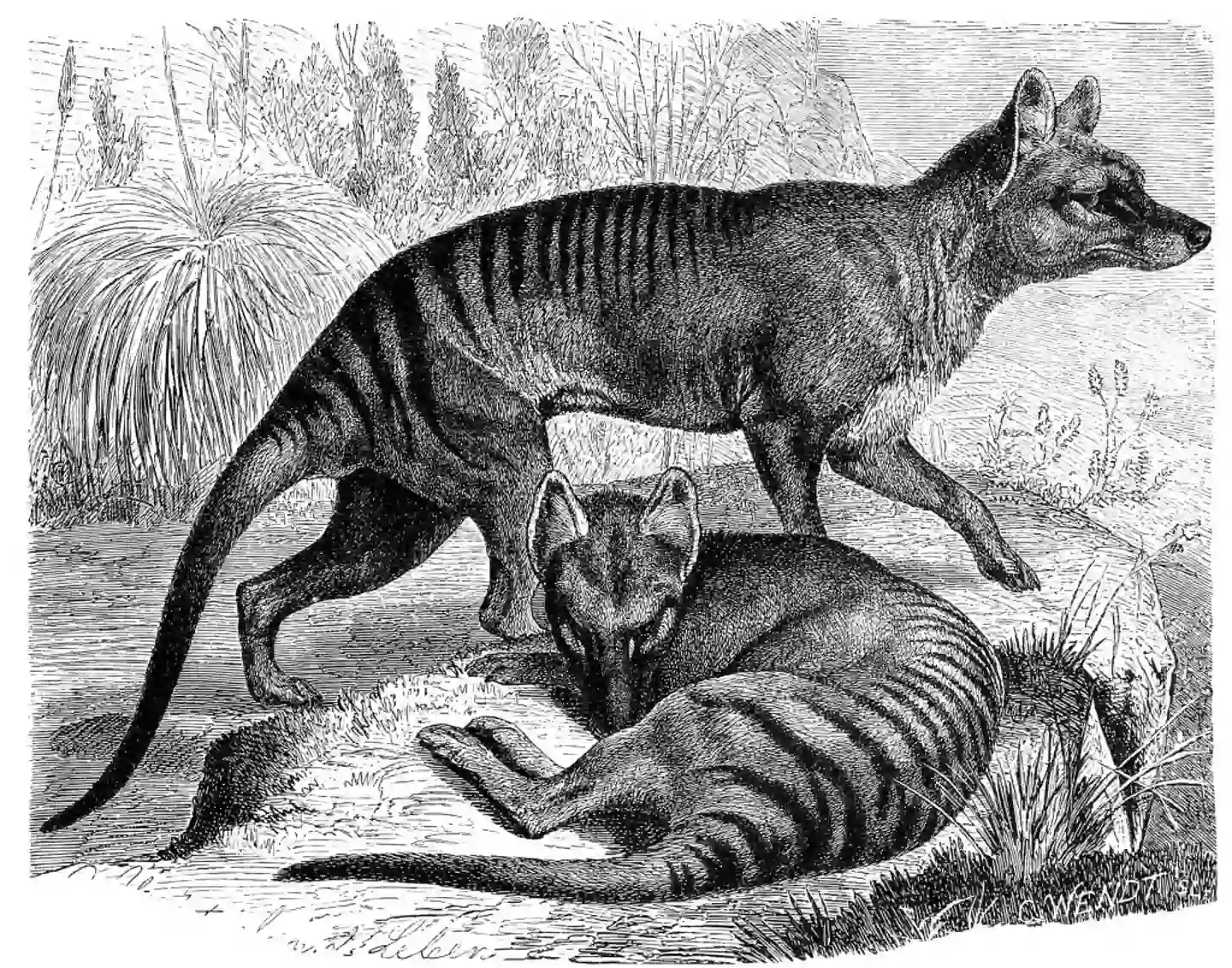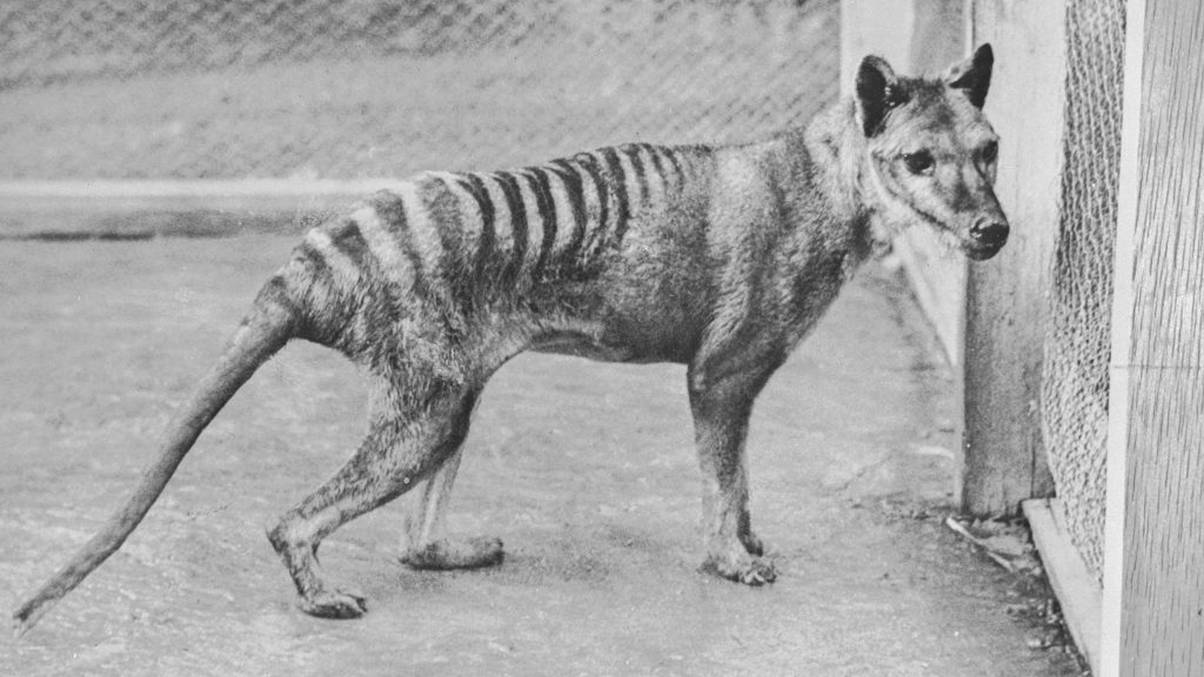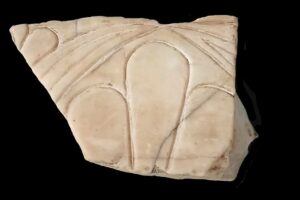Inside the Groundbreaking Plan to Resurrect the Tasmanian Tiger—Could Extinction Really Be Reversed?
Imagine a world where “extinct” is just a spooky bedtime story, and creatures we thought lost to time are strutting back into the spotlight. Thanks to jaw-dropping advances in genetic wizardry, that dream might be closer than you think. Earlier this year, Colossal Biosciences delivered a sci-fi-worthy headline with the birth of three dire wolf pups—yep, actual dire wolves—emerging about 13,000 years after their ancestors vanished. And these mad geniuses aren’t stopping there; woolly mammoths and dodos are queued up for their encore. Now, hold onto your hats—because the Tasmanian tiger, or thylacine if you wanna get all scientific, is next in line for resurrection. But bring on the curiosity: can tinkering with a teeny bit of genetic code really breathe life into these ghostly species? And no, before you ask—Jurassic Park-level dinosaur reruns are still firmly in the realm of Hollywood imagination (sorry!). Intrigued? LEARN MORE.
Thanks to scientific advancements, the concept of extinct animal species could soon become a thing of the past.
Interest in the subject of reviving lost species peaked earlier this year when Colossal Biosciences announced the birth of three dire wolf pups, around 13,000 years after the last canine passed away. The genetic engineering company has no plans of stopping either, with plans to bring back woolly mammoths and dodos also in the works.
And now, we have confirmation that another animal will be making their grand return from the realm of extinction.
Enter, the Tasmanian tiger.

Drawings of thylacine, also known as Tasmanian tigers (Bildagentur-online/Universal Images Group via Getty Images)
Once the apex predator of the Aussie island of Tasmania, the creature’s lineage – known scientifically as the thylacine – ended in 1937 when the last Tasmanian tiger died in captivity at a zoo.
However this may not be the case for much longer, thanks to a collaboration between Colossal Biosciences and the University of Melbourne.
An update on the project was shared by the University’s Professor Andrew Pask, who explained how animals are resurrected from extinction in an interview with Aussie outlet 9News.
So how does one go about bringing an animal back from existence.
Well its a bit more complicated then extracting DNA from the remains of an extinct animal and bringing it back to live, as Professor Pask explained that researchers need to find a close genetic match for the creature they want to resurrect.
“We can’t create life where there is none,” he told the outlet. “You have to start with a living cell.”
Fask went on to explain that after sequencing ‘every single bit’ of the Tasmanian tiger’s genetic code researchers were able to confirm the creature’s closest living relative is a mouse species called fat tailed dunnart.
“The dunnart is about 99.9 percent identical to a Tasmanian tiger,” he continued.
“If you edit that 0.01 percent of their code that’s different then you turn that living dunnart cell into a Tasmanian tiger.”
Once this is completed a ‘standard cloning process’ similar to what was used with Dolly the sheep is utilised to complete the de-extinction.

The professor explained the de-extinction process was for conservation purposes (9News)
So why are scientists looking to bring back the Tasmanian tiger? According to Professor Pask, the process is all about restoring ecological balance to the region.
“If we want to protect the Tasmanian ecosystem the only way to do that is to put this amazing animal back into that place,” Pask revealed.
But don’t be expecting to visit a real life Jurassic Park anytime soon, as the epigeneticist clarified that de-extinction is not possible for ancient creatures.
“[There’s] no DNA left in dinosaur bones,” he joked. “Sorry about that. DNA lasts maximum about two million years and dinosaurs went extinct 60 million years ago.”



















